Fuses and relays
Fuses
If electrical components in the vehicle are not working, a fuse may have blown. Blown fuses are identified by a broken wire within the fuse. Check the appropriate fuses before replacing any electrical components.

Note: Always replace a fuse with one that has the specified amperage rating. Using a fuse with a higher amperage rating can cause severe wire damage and could start a fire.
Standard fuse amperage rating and color
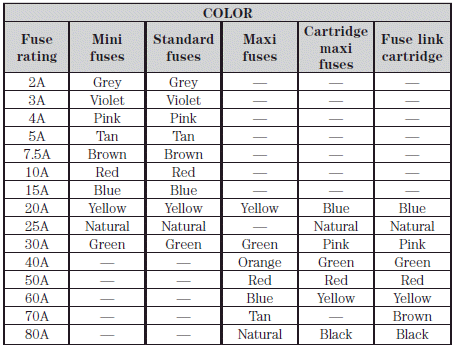
Passenger compartment fuse panel
The fuse panel is located on the right-hand side of the center console, by the instrument panel.
Remove the panel cover to access the fuse cover. Press the tabs on the top and bottom of the fuse cover to remove.
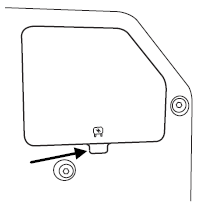
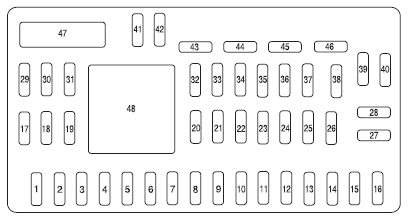
The fuses are coded as follows
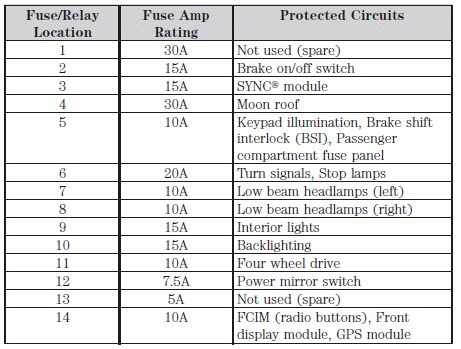
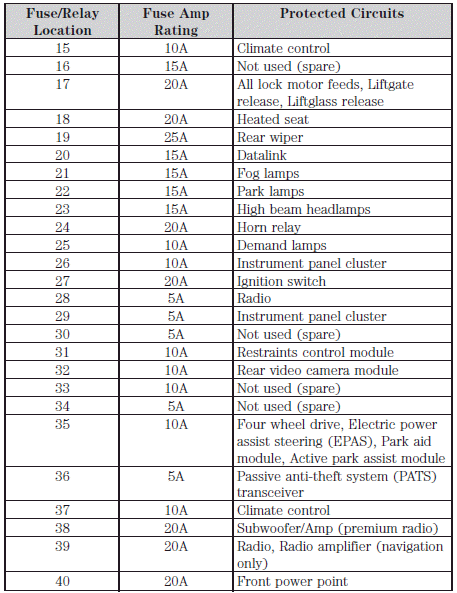
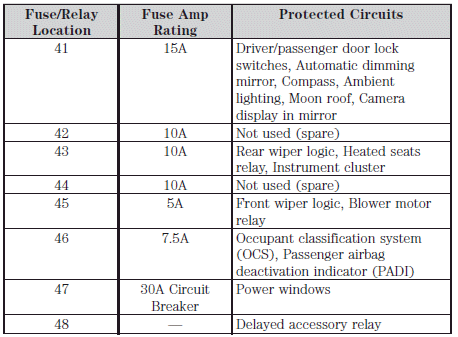
Power distribution box
The power distribution box is located in the engine compartment. Refer to the Identifying components in the engine compartment section of the Maintenance and Specifications chapter for the location. The power distribution box contains high-current fuses that protect your vehicle’s main electrical systems from overloads.
![]() WARNING:
Always disconnect the battery before servicing high current fuses.
WARNING:
Always disconnect the battery before servicing high current fuses.
![]() WARNING:
To reduce risk of electrical shock, always replace the cover to the Power Distribution
Box before reconnecting the battery or refilling fluid reservoirs.
WARNING:
To reduce risk of electrical shock, always replace the cover to the Power Distribution
Box before reconnecting the battery or refilling fluid reservoirs.
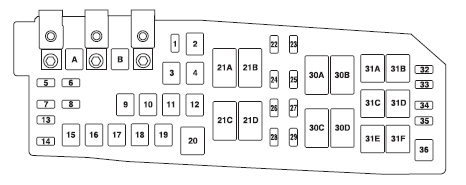
The high-current fuses are coded as follows.
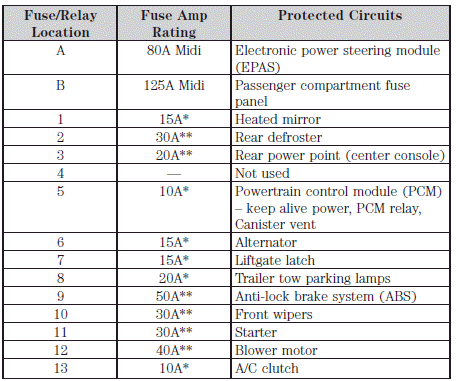
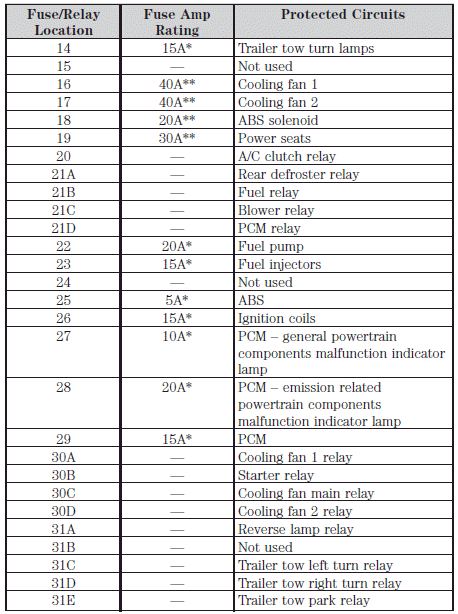
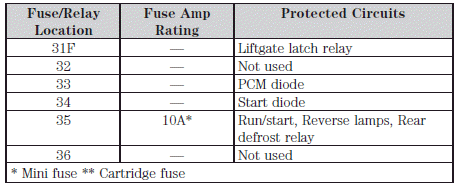
See also:
Battery
WARNING: Batteries normally produce explosive gases which can cause personal
injury. Therefore, do not allow flames, sparks or lighted substances to come near
the battery. When working near the ba ...
Running out of fuel
Avoid running out of fuel because this situation may have an adverse effect on
powertrain components.
If you have run out of fuel:
• You may need to cycle the ignition from off to on several tim ...
Engine oil dipstick
A. MIN
B. MAX ...
